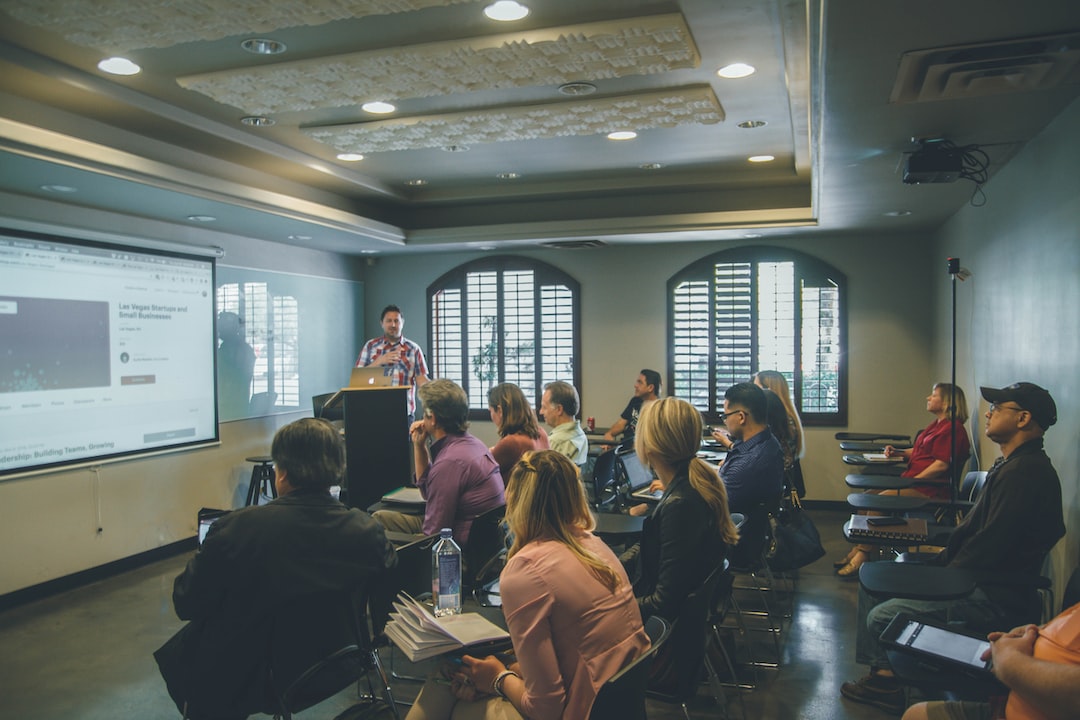The Reopening Dilemma: Balancing Safety and Economic Recovery
As the world battles against the relentless COVID-19 pandemic, governments, businesses, and individuals are facing a seemingly impossible dilemma: how to balance the imperative of ensuring public safety with the pressing need for economic recovery. The reopening of economies, once considered a beacon of hope, has now become a complex jigsaw puzzle with no easy solutions. This article aims to explore the challenges associated with the reopening dilemma and examine strategies to strike a balance between safety and economic recovery.
We live in a world where economies are intrinsically intertwined, and the consequences of a prolonged shutdown ripple through every sector. Businesses struggle to stay afloat, unemployment reaches unprecedented levels, and governments grapple with soaring deficits to prop up struggling economies. The urgency to reopen is evident, as millions of livelihoods hang in the balance. However, it is equally vital to prioritize public safety and prevent the further spread of the virus.
One of the key challenges in finding this balance lies in the uncertain nature of the virus itself. Despite significant research efforts, the novel coronavirus continues to surprise us with new variants and the possibility of reinfections. As a result, decision-makers are forced to navigate an ever-shifting landscape without a clear roadmap. The dilemma becomes even more pronounced as we witness contrasting approaches taken by different countries. Some opt for cautious reopening, while others adopt a more aggressive strategy, stimulating economic activity while exposing their populations to greater risks.
To address this dilemma, a multidimensional approach is required. Firstly, a robust public health infrastructure must be in place to effectively detect, track, and isolate cases. Testing and contact tracing play a vital role in identifying potential clusters and preventing further transmission. In addition, strict adherence to social distancing guidelines and the use of face masks must be mandated in public spaces to protect individuals as well as the wider community.
Furthermore, the implementation of targeted restrictions based on local epidemiological data can help strike a balance between safety and economic recovery. A one-size-fits-all approach may not be effective, as different regions experience varying levels of infection rates. By closely monitoring the situation, decision-makers can tailor restrictions to specific areas, allowing businesses in relatively safer regions to resume operations while ensuring stringent measures in high-risk zones.
Another crucial aspect of balancing safety and economic recovery is providing adequate support to individuals and businesses affected by the shutdowns. Governments must develop comprehensive financial aid packages that prioritize those most impacted, such as low-income workers and small businesses. This assistance should include income support, grants, and affordable loans to help individuals weather the economic storm and enable businesses to stay afloat during the gradual reopening process.
Simultaneously, efforts must be directed towards the development and distribution of effective vaccines. Vaccination programs offer a glimmer of hope to mitigate the spread of the virus and pave the way for a safer reopening. Countries need to invest in vaccine research and negotiate equitable distribution agreements to ensure that access is not limited to affluent nations. Furthermore, vaccine hesitancy must be addressed through public awareness campaigns, emphasizing the importance of immunization in protecting oneself and the community.
In this delicate balance between safety and economic recovery, public communication and transparency are essential. Governments must provide clear and accurate information about the risks, measures being taken, and the rationale behind various decisions. It is imperative to build public trust and confidence to ensure compliance with safety guidelines and facilitate a smoother reopening process.
Lastly, collaboration between governments, businesses, and individuals is crucial in navigating this reopening dilemma. Governments should actively involve representatives from various sectors in decision-making processes, seeking their input and expertise. By fostering a sense of shared responsibility, individuals and businesses can actively participate in the recovery process, ensuring their safety and that of others.
In conclusion, the reopening dilemma presents a formidable challenge to governments and decision-makers worldwide. Striking a balance between safety and economic recovery requires a multifaceted approach that encompasses robust public health measures, targeted restrictions, comprehensive financial aid, vaccine development, and transparent communication. Collaboration and shared responsibility are imperative in navigating this uncharted territory. As we confront the reopening dilemma, it is crucial to remember that the ultimate goal is not just to revive economies, but to create a safer and more resilient world for all.

